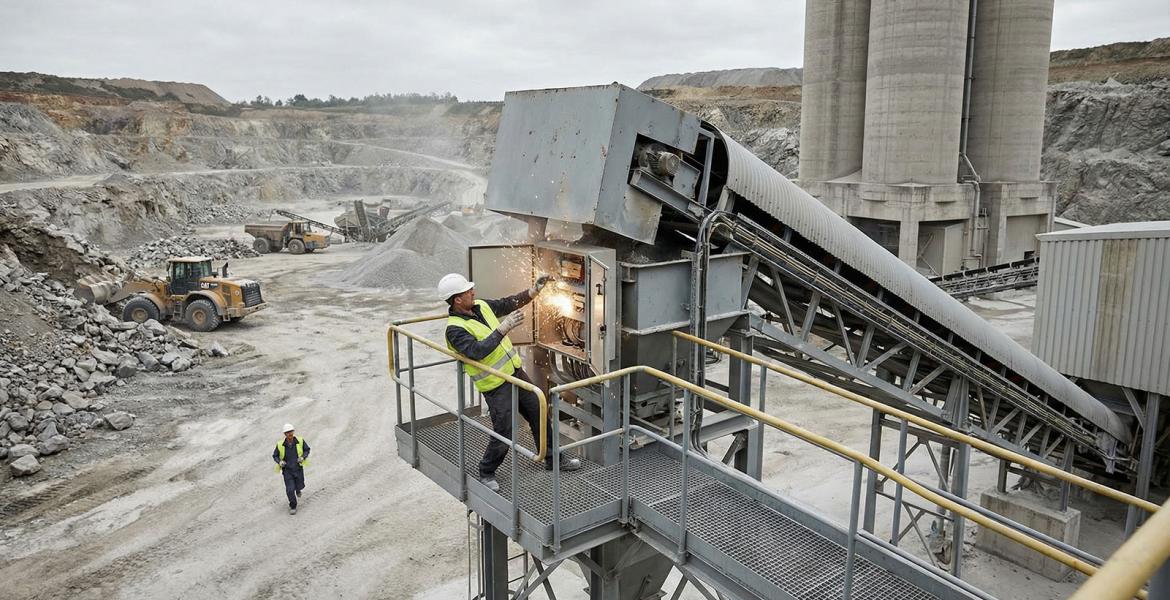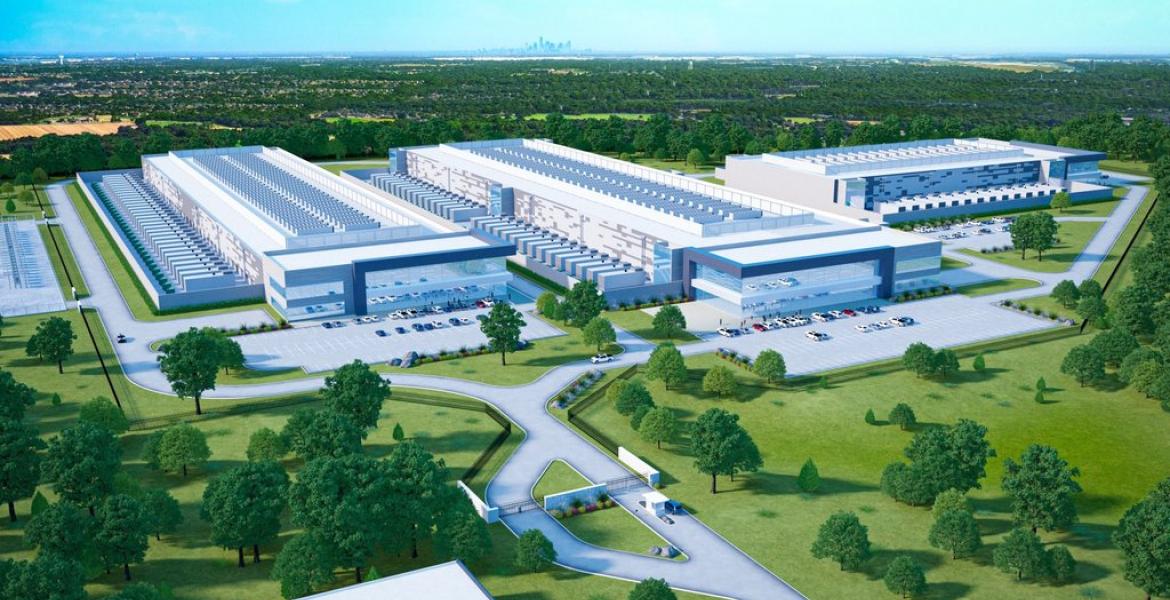SAN ANGELO, TX — The Concho Valley Workforce Solutions announced Friday that the unemployment rate in San Angelo and the surrounding Concho Valley fell to just 3 percent in April. The San Angelo rate is down from 3.4 percent a year earlier, in April 2017. In the state of Texas, the April 2018 unemployment rate was 3.8 percent.
A trend in the area is that the further east you live, the higher the unemployment rate. Menard and Sutton counties have 4.7 and 3.8 percent unemployment rates, according to the data released by the local office of the Texas Workforce Commission. Jobs added because of the oil industry recovery, identified as mining jobs, transportation, and manufacturing jobs on the Commission’s report, grew markedly.
Mining jobs increased 5.4 percent to 3,900 people for the year through the end of April. This is the number of workers living in San Angelo who are employed in the private sector oil field extraction business. Manufacturing employment increased more, by 6.7 percent, to 3,200 workers for 2018. Many manufacturing jobs are connected to oil field services equipment fabrication. Transportation jobs increased a modest 2.2 percent, to 9,500 workers, in April 2018.
San Angelo sits in the catbird’s seat on the eastern edge of the Permian Basin, where the shale boom has elevated oil and gas production, or output in millions of barrels of oil and gas, to OPEC levels. While Midland, 112 miles, or about a two-hour drive to our west, is experiencing what observers call “crazy growth,” San Angelo is experiencing spillover growth. Many companies based here are servicing the shale oil boom west of here while enjoying what industry leaders say is enhanced quality of life.
Kirk Cleere, CEO of Sendero Drilling, is based in San Angelo with his company. Sendero employs about 200. Most of his work sites are in far west Texas, west of Fort Stockton, where the Delaware Basin is booming.
Cleere said understanding today’s market requires a reminder of the bleakness of a not-so-long-ago history. “We had the lowest rig count in recorded history in 2015,” he said. The oil field services industry is still recovering from those dark days.
“Right now, we are paying retail prices for new drilling equipment but basically selling our services at wholesale rates,” he said. The pricing pressure is enhanced because technology is leaping. In the old days, you could amortize new drilling equipment over 25 years. Not any more. The average shelf life of new drilling equipment is about five years. Maybe even down to three. And the supply/demand curve hasn’t caught up with the financial realities of capital investments, Cleere said.
For example, a piece of equipment required to service a producer may have a shelf life of three years, but generally producers aren’t signing contracts for more than one year. “You have to gamble on having that contract for two more years,” Cleere said.
As supply from services companies reduces through consolidation, he expects the oil field service pricing to recover.
The two-month run of sustained oil prices near $70 per barrel has helped the local industry. The market anticipating the impact of the U.S. withdrawal from the Iran Nuclear Deal, Mideast turmoil, global economic expansion, and OPEC’s response caused the higher prices.
The price for a barrel of West Texas Intermediate Crude was near $72 Monday, May 21. Sustained prices in the trading range between $66 and $73 per barrel will continue in the short term, according to industry analysts at Austin-based DrillingInfo.com. And the price range will encourage more capital investment in the near term, DrillingInfo predicted last week.
Oil prices are not expected to rise much higher because, DrillingInfo noted, “US producers could increase production further to take advantage of multi-year high Brent [Crude Oil] levels, and fill the demand from Europe and Asia with the soaring shale growth.”
Is there enough money and resources here needed to continue the oil field-led economic expansion?
When you have large companies with expensive and superior research and scientific analysts like ExxonMobil making significant investments in the Permian, “It’s a sign that the market will continue to recover here,” Cleere said.
Subscribe to the LIVE! Daily
Required






Post a comment to this article here: